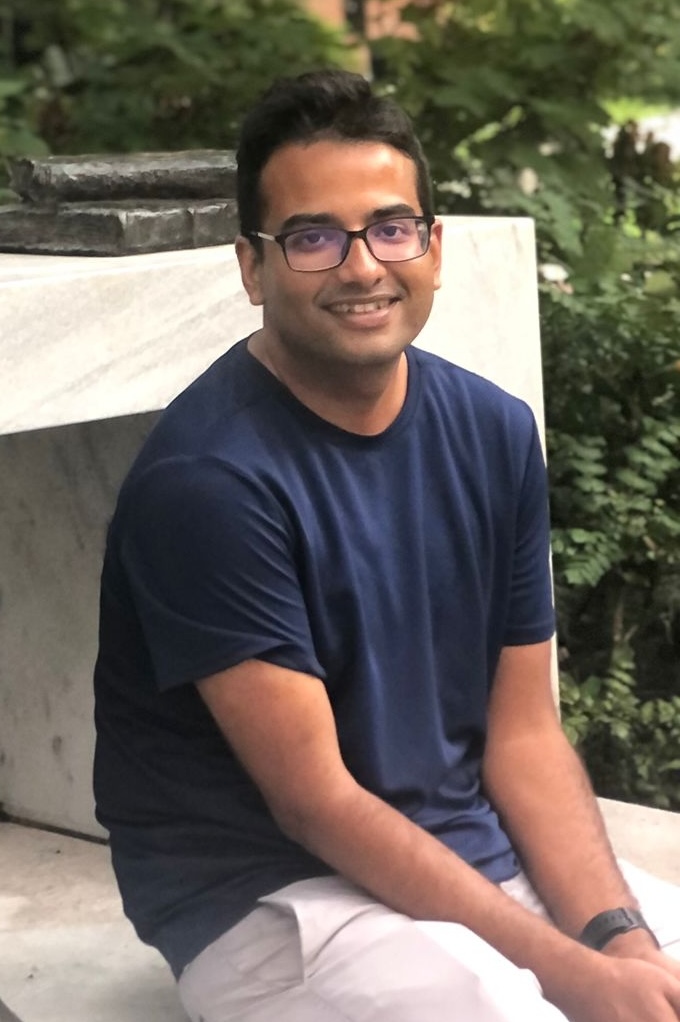
Sabyasachi Chakraborty
(Ph.D. IACS, Kolkata, 2016)
Assistant Professor, Department of Physics
Research Interest
Theoretical Particle Physics.
Office
107, Block C, Old Sac building,
Department of Physics,
IIT Kanpur,
Kanpur 208016
Research Area
Specialization
1. Construction and application of low-energy effective field theories,
2. Axions, dark photons at the intensity and cosmic frontier,
3. Electroweak phase transition,
4. Soft collinear effective theory for gravity,
5. Supersymmetric Models and Collider Phenomenology.
Education
2010-2015: PhD in Theoretical Particle Physics, IACS, Kolkata, India, Thesis: Some aspects of the phenomenology of supersymmetric theories and the Large Hadron Collider.
2008-2010: MSc, Indian Institute of Technology, Madras.
2005-2008: BSc, Presidency College (University of Calcutta).
Teaching Area
Particle Physics (PHY680)
Cosmology (PHY690I)
Classical Dynamics (PHY112)
Previous Work Experience
Professional Affiliations
Selected Publications
Awards & Fellowships
Conference Presentations
Research Group
High Energy Physics
Sponsored Project
PhD Supervision
Deepanshu Bisht, 2024--onwards, Topic: Applications of Soft collinear effective field theory.
Atanu Samanta, 2023--onwards,Topic: Effective field theory and phenomenology of Axions.

